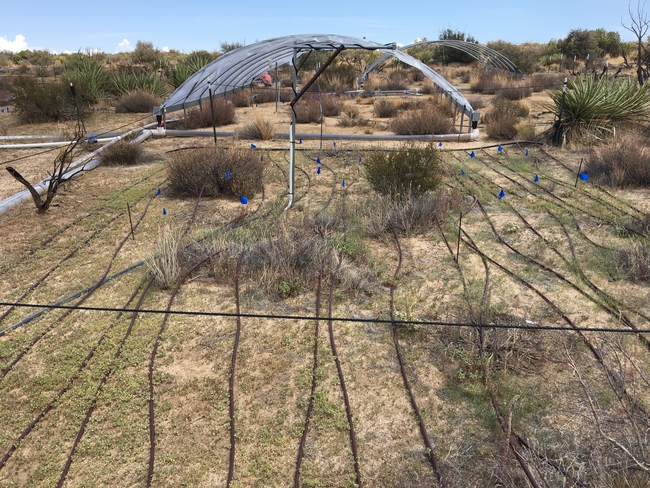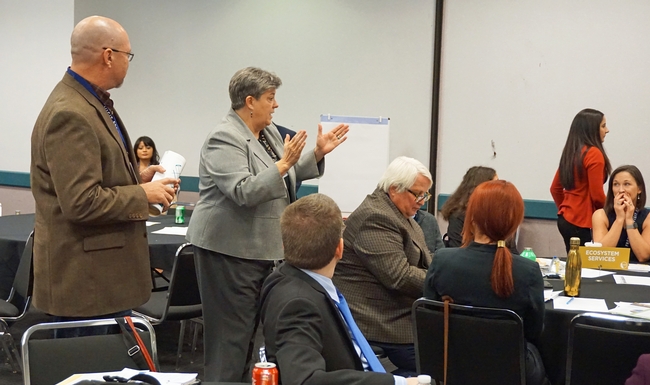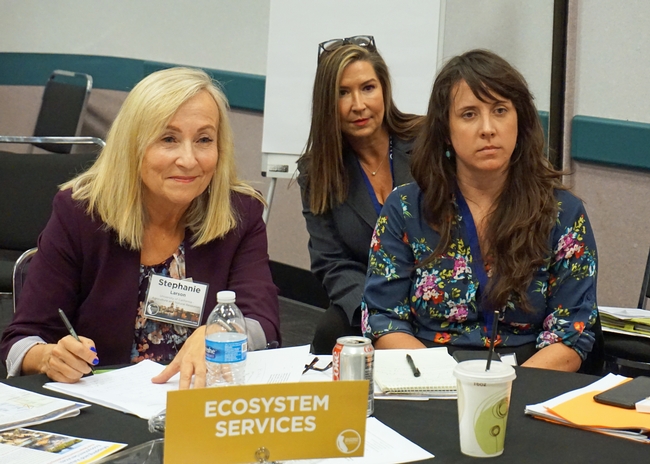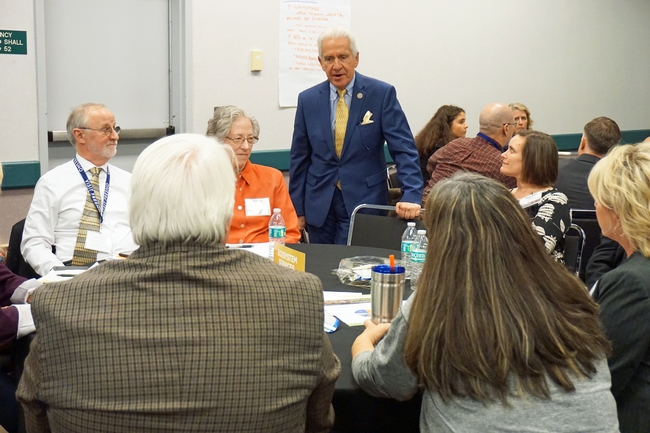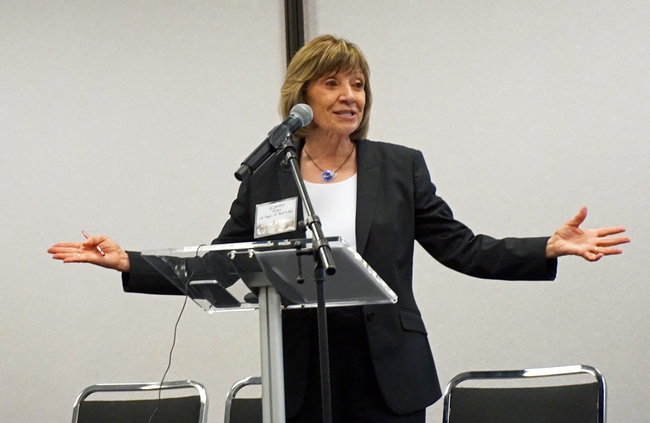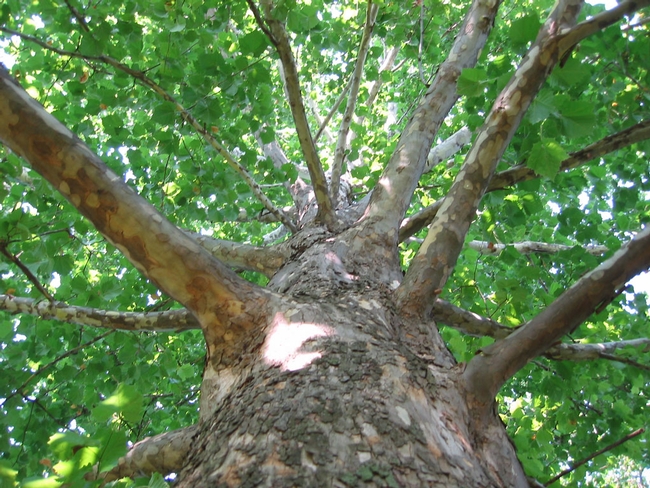
Posts Tagged: ecosystem
With dwindling water supplies, the timing of rainfall matters
How to help plants in drought-stricken states
A new UC Riverside study shows it's not how much extra water you give your plants, but when you give it that counts.
This is especially true near Palm Springs, where the research team created artificial rainfall to examine the effects on plants over the course of two years. This region has both winter and summer growing seasons, both of which are increasingly impacted by drought and, occasionally, extreme rain events.
Normally, some desert wildflowers and grasses begin growing in December, and are dead by June. A second community of plants sprouts in July and flowers in August. These include the wildflowers that make for an extremely popular tourist attraction in “super bloom” years.
“We wanted to understand whether one season is more sensitive to climate change than another,” said Marko Spasojevic, UCR plant ecologist and lead study author. “If we see an increase or decrease in summer rains, or winter rains, how does that affect the ecosystem?”
The team observed that in summer, plants grow more when given extra water, in addition to any natural rainfall. However, the same was not true in winter.
“Essentially, adding water in summer gets us more bang for our buck,” Spasojevic said.
Their findings are described in a paper published in the University of California journal Elementa.
Over the course of the study, the team observed 24 plots of land at the Boyd Deep Canyon Desert Research Center, in the Palm Desert area. Some of the plots got whatever rain naturally fell. Others were covered and allowed to receive rain only in one season. A third group of plots received additional collected rainwater.
While adding water in summer resulted in higher plant biomass, it generally did not increase the diversity of plants that grew, the researchers noted. Decreasing rainfall, in contrast, had negative effects on plants across both summer and winter, but may lead to some increased growth in the following off-seasons.
Implications of the work extend beyond learning when additional water resources might be applied simply to help plants grow. Whole communities of animals depend on these plants. They are critical for pollinators such as bees and butterflies, and they play a big role in controlling erosion and movement of soils by wind.
“Studies like this one are critical for understanding the complex effects of climate change to dryland ecosystems,” said Darrel Jenerette, UCR landscape ecologist and study co-author.
Desert plants also play an important role in removing carbon dioxide and nitrogen from the atmosphere to use as fuel for growth. Microbes that live in the soil can use the carbon and nitrogen released by plant roots, then send it back into the atmosphere where it can affect the climate.
“Drylands cover roughly a third of the land surface, so even small changes in the way they take in and emit carbon or nitrogen could have a big impact on our atmosphere,” said Peter Homyak, UCR environmental scientist and study co-author.
As the team continues this research over the next few years, they expect to see changes in soil carbon and nitrogen cycling, given that plants are already being affected by changes in seasonal rainfall, as this study shows.
“Can changes in precipitation patterns alter the feedback between plants and microbes, destabilizing the carbon locked in soils and sending more of it into the atmosphere? We are working on figuring that out,” Homyak said.
Editor's note: Jenerette and Homyak are affiliated with University of California Agriculture and Natural Resources through UC Riverside's Agricultural Experiment Station.
To protect California ecosystem services, they must be valued
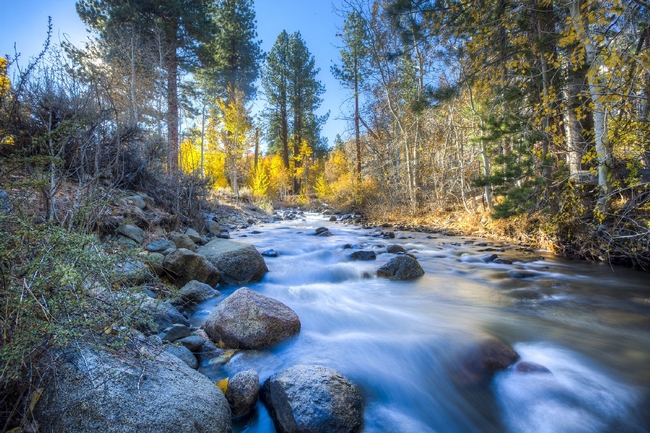
In addition to direct economic outputs, working landscapes – farms, rangelands, forests and fisheries, to name a few – sequester carbon, capture water, support wildlife, offer picturesque views and make space for hiking, skiing, boating and other recreational activities.
“We need to put a value to ecosystem services, from an economic standpoint, that incentivizes people who own and manage these landscapes so they can continue to manage them for everyone's benefit,” said Stephanie Larson, UC Cooperative Extension rangeland advisor in Sonoma County.
When ecosystem services have been monetized, proper compensation can be calculated, ensuring benefits like clean water, fresh air and a livable climate are protected for future generations.
In November, UC Agriculture and Natural Resources released a report at the California Economic Summit in Fresno on the value of California's working landscapes. The report determined the state's working landscapes generate $333 billion in annual sales and 1.5 million jobs. That number does not include ecosystem services.
“The value of ecosystem services is probably higher than the $333 billion direct economic contribution of working landscapes outlined in the report,” said Glenda Humiston, University of California vice president for agriculture and natural resources. Humiston is chair of the economic summit's working landscape task force. “The problem is, when we don't have that quantified, it's hard to make investments to make sure those ecosystem services are maintained.”
Humiston said that, in time, systems can be developed for the public to support the ecosystem services they enjoy.
“You might have a small surcharge on binoculars,” she said. “That money could be used to protect bird habitat so birders can go somewhere to see birds. Water districts might assess a surcharge on your water bill to pay for the forested watersheds where they are getting your water. There are many different mechanisms to do this. We're trying to figure out what would be the best mechanism.”
During the summit, a team of researchers, policymakers and industry professionals launched a new phase of work to calculate with scientific accuracy the value of ecosystem services. Larson is a member of the leadership team, along with executive director of the Central Valley Partnership Dan O'Connell and Sequoia Riverlands Trust director of pubic planning and policy Adam Livingston.
The team is working with partners to secure funding and technical support to integrate data sets already available from the Council of Governments' Rural-Urban Connections Strategy into an open source, statewide system for mapping ecosystem services.
Once the tool is established, the team will be ready to pilot test it in four areas of California that provide ecosystem services.
“I love this concept,” said Kenny Spain, economic development specialist with the Headwaters Fund in Humboldt County and a member of the task force. “It's a valuable tool.”
Learn more:
View a 4-minute video of UC ANR vice president Glenda Humiston announcing the release of the report, California's Working Landscape: A Key Contributor to the State's Economic Vitality, at the 2019 California Economic Summit.
View California Governor Gavin Newsom's keynote address at the 2019 California Economic Summit:
Loss of trees could portend loss of human life
An invasive pest from Asia is killing thousands of trees in Southern California, which may lead to the death of thousands of humans, reported Adam Rogers on Wired.com.
Polyphagous shot hole borer females drill holes inside trees to lay their eggs. In the process, they deposit a fungus that grows and provides food for larvae. The fungus gums up the trees' channels for water and nutrient transport, eventually killing it. Called Fusarium dieback, the condition is on track to kill 26.8 million trees across Southern California in the next few years.
With data from a U.S. Forest Services study, which found that fewer trees is related to respiratory and cardiovascular disease deaths in people, the reporter underscored the dire human-health implications of polyphagous shot hole borer.
Trees also provide valuable "ecosystem services," such as reducing light and heat intensity, protecting water, cleaning the air of pollutants, providing wildlife habitat and storing carbon. The forest service combined satellite data and field plot data to calculate the costs and benefits of trees. The potential loss of ecosystem services because of polyphagous shot hole borer is $1.4 billion, not including the public health cost.
“A normal response to an invasive pest means millions of dollars would be thrown at it,” said John Kabashima, UC Cooperative Extension advisor emeritus who is working on staving off a catastrophe. “This one has received hundreds of thousands.”
Kabashima and other scientists are identifying infected trees to cut them down and chip the wood to prevent further spread. The tell-tale signs are little holes and sugar volcanoes that tend to show up first on the north side of the trunk or limb.
"You have to get out and walk around each tree, which we're doing in Orange County parks," Kabashima said. "We go out on off-road Segways. We can cover square miles in a day."
A Push to Protect Pollinators
A United Nations' organization today issued a global pollinator health report and the news was not...
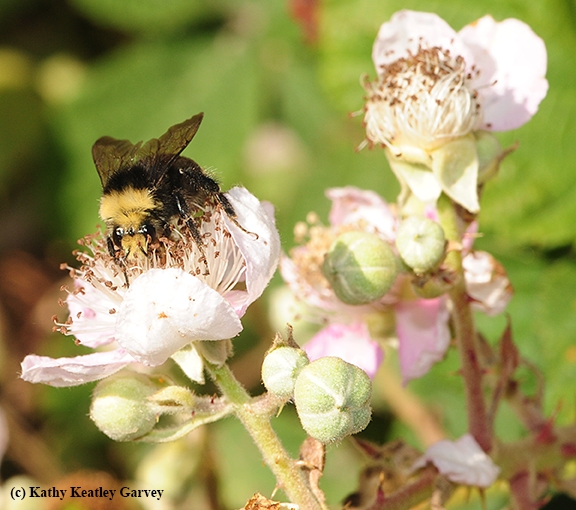
A yellow-faced bumble bee, Bombus vosnesenskii, foraging on a blackberry blossom. (Photo by KathY Keatley Garvey)
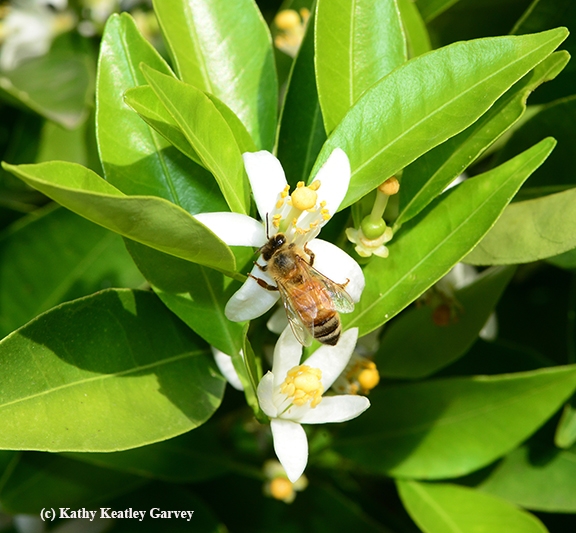
A honey bee pollinating a tangerine blossom. (Photo by Kathy Keatley Garvey)
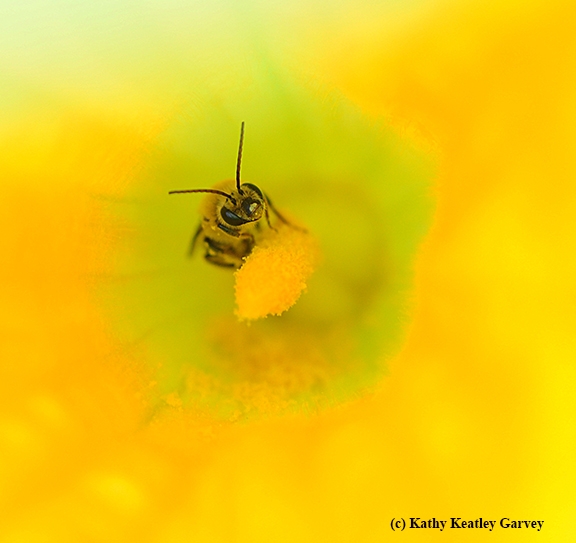
A squash bee, Peponapis pruinosa, pollinating a squash blossom. (Photo by Kathy Keatley Garvey)
College students create wildlife habitats in a Wild Campus program

Working with campus experts (such as faculty and staff in the Department of Wildlife, Fish and Conservation Biology) and local environmental and conservation organizations, the volunteer students are improving the habitats for local wildlife and engaging the public in hands-on activities.
This is an extraordinary program that gives the students real-world environmental management skills, along with leadership opportunities and communications experience. Professor John Eadie, Department of Wildlife, Fish and Conservation Biology at UC Davis, said of the Wild Campus program, “Hands-on activity is a huge part of the educational experience.”
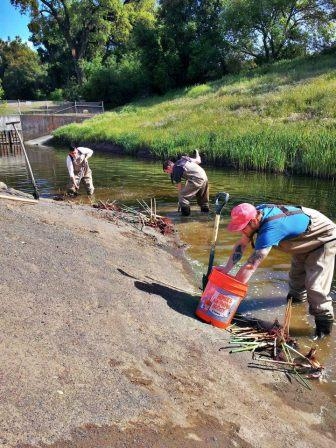
A past project — Build a Wild Home Day — involved working with the UC Davis Arboretum on a successful public outreach program to build bird and bat boxes for installation on campus. (Great photos of this program are on the group’s Facebook page.)
The Wild Campus organization has a large cadre of eager and dedicated students who are improvising and making the most of limited resources. However, they are in need of donated field equipment (used equipment is fine) and financial contributions.
Visit the Wild Campus website and Facebook page for a feel-good look at what these ambitious students are doing to improve the environment, along with ways you can help them succeed.


